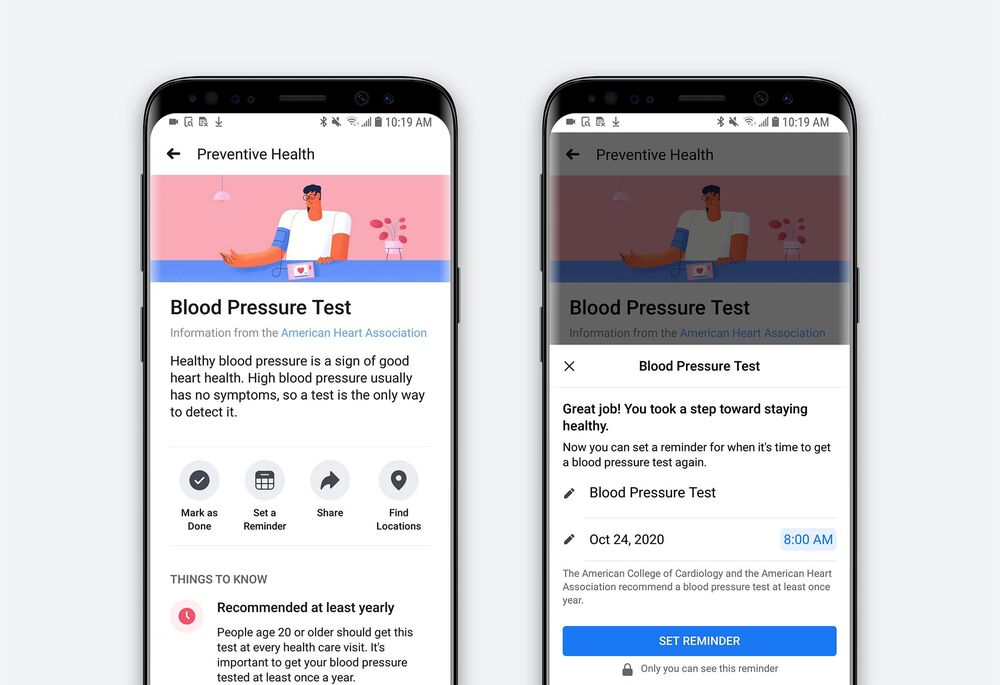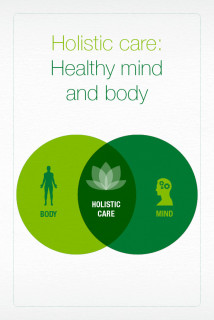A student once differed with him and when Dr. Sigerist asked him to quote his authority, the student yelled, "You yourself said so!" "When?" asked Dr. Sigerist. "3 years back," responded to the trainee. "Ah," stated Dr. Sigerist, "three years is a very long time. I've altered my mind considering that then." I think for me this speaks to the http://landenzrcb042.lowescouponn.com/rumored-buzz-on-how-do-you-qualify-for-home-health-care-services altering tides of viewpoint which whatever remains in flux and available to renegotiation.
Much of this talk was paraphrased/annotated directly from the sources below, in specific the work of Paul Starr: Bauman, Harold, "Verging on National Medical Insurance because 1910" in Changing to National Healthcare: Ethical and Policy Issues (Vol. 4, Ethics in an Altering World) edited by Heufner, Robert P. and Margaret # P.
" Boost President's Plan", Washington Post, p. A23, February 7, 1992. Brown, Ted. "Isaac Max Rubinow", (a biographical sketch), American Journal of Public Health, Vol. 87, No. 11, pp. 1863-1864, 1997 Danielson, David A., and Arthur Mazer. "The Massachusetts Referendum for a National Health Program", Journal of Public Health Policy, Summertime 1986.
" Your House of Falk: The Paranoid Style in American House Politics", American Journal of Public Health", Vol. 87, No. 11, pp. 1836 1843, 1997. Falk, I (what is fsa health care).S. "Propositions for National Medical Insurance in the U.S.A.: Origins and Evolution and Some Viewpoints for the Future', Milbank Memorial Fund Quarterly, Health and Society, pp.

Gordon, Colin. "Why No National Health Insurance in the United States? The Limits of Social Arrangement in War and Peace, 1941-1948", Journal of Policy History, Vol. 9, No (how does electronic health records improve patient care). 3, pp. 277-310, 1997. "History in a Tea Wagon", Time Magazine, No. 5, pp. 51-53, January 30, 1939. Marmor, Ted. "The History of Healthcare Reform", Roll Call, pp.
Navarro, Vicente. "Medical History as a Reason Instead Of Explanation: Review of Starr's The Social Transformation of American Medicine" International Journal of Health Providers, Vol. 14, No. 4, pp. 511-528, 1984. Navarro, Vicente. "Why Some Nations Have National Medical Insurance, Others Have National Health Service, and the United States has Neither", International Journal of Health Services, Vol.
Some Known Incorrect Statements About A Health Care Professional Is Caring For A Patient Who Is Taking Zolpidem
3, pp. 383-404, 1989. Rothman, David J. "A Century of Failure: Health Care Reform in America", Journal of Health Politics, Policy and Law", Vol. 18, No. 2, Summertime 1993. Rubinow, Isaac Max. "Labor Insurance Coverage", American Journal of Public Health, Vol. 87, No. 11, pp. 1862 1863, 1997 (Originally published in Journal of Political Economy, Vol.
362-281, 1904). Starr, Paul. The Social Improvement of American Medicine: The increase of a sovereign profession and the making of a vast market. Fundamental Books, 1982. Starr, Paul. "Change in Defeat: The Changing Objectives of National Medical Insurance, 1915-1980", American Journal of Public Health, Vol. 72, No. 1, pp. 78-88, 1982 - which of the following are characteristics of the medical care determinants of health?.
" Crisis and Change in America's Health System", American Journal of Public Health, Vol. 63, No. 4, April 1973. "Towards a National Treatment System: II. The Historical Background", Editorial, Journal of Public Health Policy, Fall 1986. Trafford, Abigail, and Christine Russel, "Opening Night for Clinton's Strategy", Washington Post Health Publication, pp.
The United States does not have universal health insurance protection. Nearly 92 percent of the population was estimated to have protection in 2018, leaving 27.5 million people, or 8.5 percent of the population, uninsured. 1 Motion towards protecting the right to health care has been incremental. 2 Employer-sponsored health insurance was introduced throughout the 1920s.
In 2018, about 55 percent of the population was covered under employer-sponsored insurance coverage. 3 In 1965, the very first public insurance coverage programs, Medicare and Medicaid, were Drug Rehab Delray enacted through the Social Security Act, and others followed. Medicare. Medicare ensures a universal right to healthcare for individuals age 65 and older. Eligible populations and the series of advantages covered have actually slowly broadened.
All recipients are entitled to standard Medicare, a fee-for-service program that supplies healthcare facility insurance (Part A) and medical insurance (Part B). Considering that 1973, recipients have actually had the option to receive their coverage through either traditional Medicare or Medicare Benefit (Part C), under which individuals enlist in a personal health upkeep company (HMO) or handled care organization (who is eligible for care within the veterans health administration?).
7 Simple Techniques For Why Should Rising Health Care Costs Be Controlled?
Medicaid. The Medicaid program initially gave states the alternative to receive federal matching financing for providing healthcare services to low-income families, the blind, and people with impairments. Coverage was slowly made necessary for low-income pregnant ladies and infants, and later on for kids up to age 18. Today, Medicaid covers 17.9 percent of Americans.
Individuals need to look for Medicaid coverage and to re-enroll and recertify annually. Since 2019, more than two-thirds of Medicaid beneficiaries were enrolled in managed care organizations. 4 Children's Medical insurance Program. In 1997, the Children's Health Insurance coverage Program, or CHIP, was developed as a public, state-administered program for children in low-income households that make excessive to certify for Medicaid but that are not likely to be able to afford personal insurance.
5 In some states, it runs as an extension of Medicaid; in other states, it is a separate program. Budget-friendly Care Act. In 2010, the passage of the Patient Defense and Affordable Care Act, or ACA, represented the largest expansion to date of the government's function in funding and managing healthcare.
The ACA resulted in an approximated 20 million gaining protection, decreasing the share of uninsured grownups aged 19 to 64 from 20 percent in 2010 to 12 percent in 2018.6 The federal government's duties consist of: setting legislation and nationwide strategies administering and spending for the Medicare program cofunding and setting basic requirements and regulations for the Medicaid program cofunding CHIP financing health insurance for federal staff members along with active and previous members of the military and their households regulating pharmaceutical items and medical devices running federal markets for personal health insurance providing premium subsidies for private marketplace coverage.
The ACA established "shared responsibility" among federal government, companies, and individuals for making sure that all Americans have access to budget friendly and good-quality health insurance. The U.S. Department of Health and Human Being Solutions is the federal government's primary company involved with health care services. The states cofund and administer their CHIP and Medicaid programs according Get more info to federal guidelines.

They likewise assist finance medical insurance for state staff members, control personal insurance coverage, and license health professionals. Some states also manage health insurance coverage for low-income residents, in addition to Medicaid. In 2017, public costs accounted for 45 percent of overall health care spending, or around 8 percent of GDP. Federal costs represented 28 percent of overall healthcare costs.
A Biased View of What Does Single Payer Health Care Mean
The Centers for Medicare and Medicaid Solutions is the biggest governmental source of health protection financing. Medicare is financed through a combination of general federal taxes, a necessary payroll tax that pays for Part A (hospital insurance), and individual premiums. Medicaid is largely tax-funded, with federal tax profits representing two-thirds (63%) of costs, and state and local incomes the remainder.
CHIP is funded through matching grants provided by the federal government to states. A lot of states (30 in 2018) charge premiums under that program. Investing on private health insurance coverage accounted for one-third (34%) of total health expenses in 2018. Private insurance coverage is the primary health coverage for two-thirds of Americans (67%).